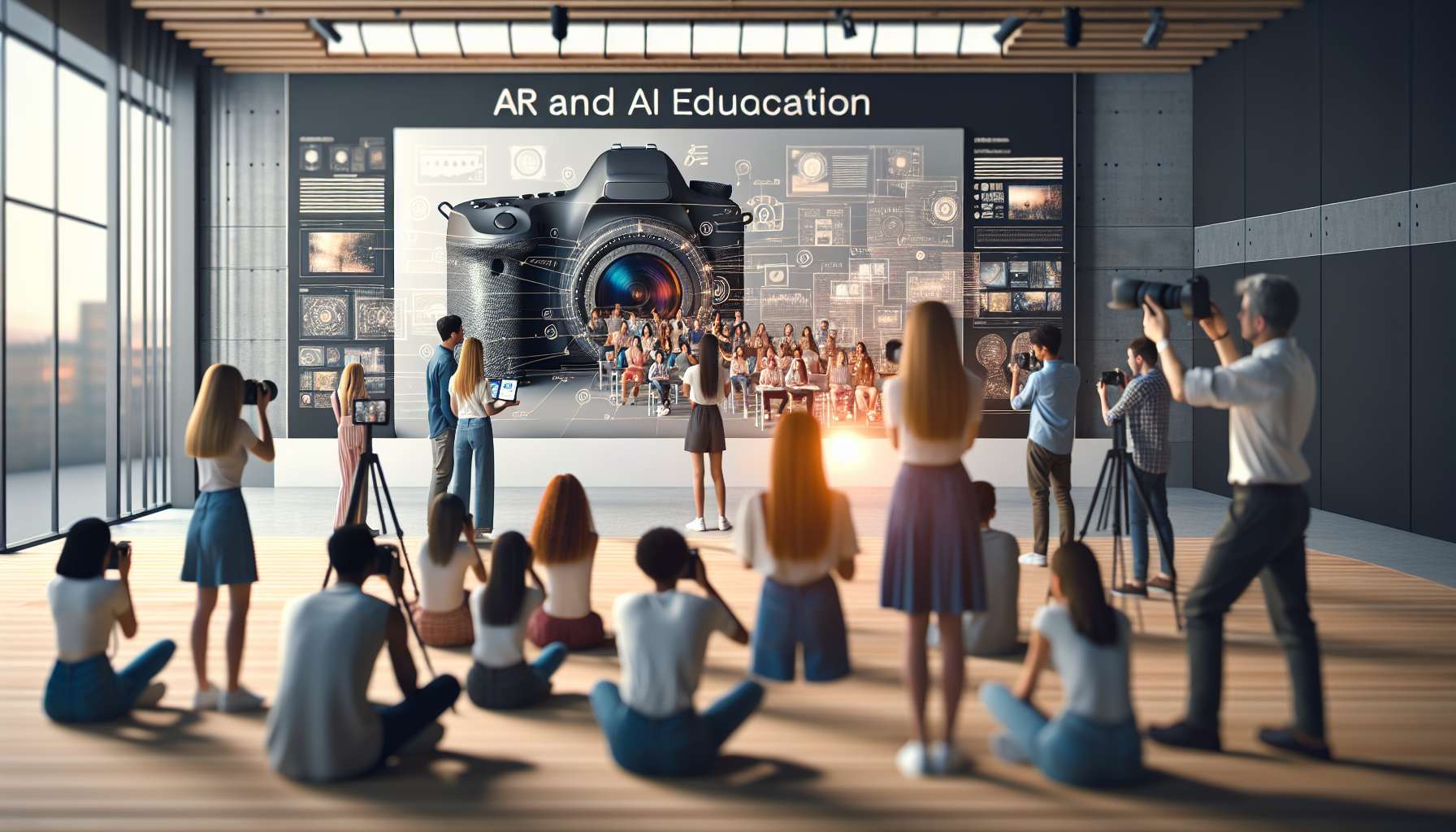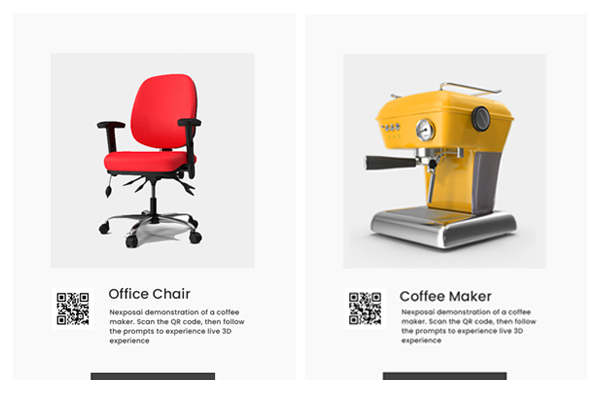Revolutionizing Education: Augmented Reality and AI in Educational Product Showcases
As technology continues to advance at an unprecedented pace, it is no surprise that it is making its way into the realm of education. Augmented Reality (AR) and Artificial Intelligence (AI) are two cutting-edge technologies that are transforming the way educational product showcases are conducted. In this article, we will explore how AR and AI are revolutionizing the educational landscape, providing immersive and interactive experiences for students and educators alike.
What is Augmented Reality?
Augmented Reality is a technology that overlays digital information onto the real world, enhancing our perception and interaction with our surroundings. By using a smartphone, tablet, or AR glasses, users can experience a blend of virtual and real-world elements. In the context of educational product showcases, AR allows students to visualize and interact with products in a way that was previously unimaginable.
The Power of AI in Education
Artificial Intelligence, on the other hand, refers to the simulation of human intelligence in machines that are programmed to think and learn like humans. AI algorithms can analyze vast amounts of data, recognize patterns, and make intelligent decisions. When applied to educational product showcases, AI can provide personalized recommendations, adaptive learning experiences, and valuable insights for educators.
Enhancing Learning Experiences
AR and AI have the potential to transform traditional educational product showcases into engaging and interactive experiences. Imagine a science class where students can explore the human body in 3D, dissect virtual organisms, or conduct chemistry experiments in a safe virtual environment. With AR, students can visualize complex concepts, interact with virtual objects, and gain a deeper understanding of the subject matter.
AI takes this a step further by personalizing the learning experience. By analyzing individual student data, AI algorithms can identify knowledge gaps, tailor content to each student’s needs, and provide real-time feedback. This adaptive learning approach ensures that students receive the support they need to succeed, regardless of their learning style or pace.
Real-World Applications
The potential applications of AR and AI in educational product showcases are vast. Here are a few examples:
- Virtual Field Trips: AR can transport students to historical landmarks, natural wonders, or even outer space, providing an immersive learning experience without leaving the classroom.
- Interactive Simulations: AI-powered simulations allow students to practice real-world skills in a safe and controlled environment. From driving simulations to medical procedures, students can gain hands-on experience without any risks.
- Language Learning: AR can overlay translations, pronunciation guides, and interactive exercises onto real-world objects, making language learning more engaging and practical.
- Collaborative Learning: AR and AI enable students to collaborate on projects, share ideas, and receive feedback in real-time, fostering teamwork and critical thinking skills.
The Future of Education
The integration of AR and AI in educational product showcases is just the beginning. As these technologies continue to evolve, we can expect even more innovative applications in the future. From personalized virtual tutors to AI-powered content creation, the possibilities are endless.
By embracing AR and AI in education, we can create a learning environment that is engaging, inclusive, and tailored to the needs of each student. The traditional educational product showcase is being reimagined, paving the way for a new era of learning.
So, if you are an educator or a business executive looking to enhance educational product showcases, it’s time to explore the potential of AR and AI. Embrace the power of technology and unlock a world of possibilities for your students and your business.





